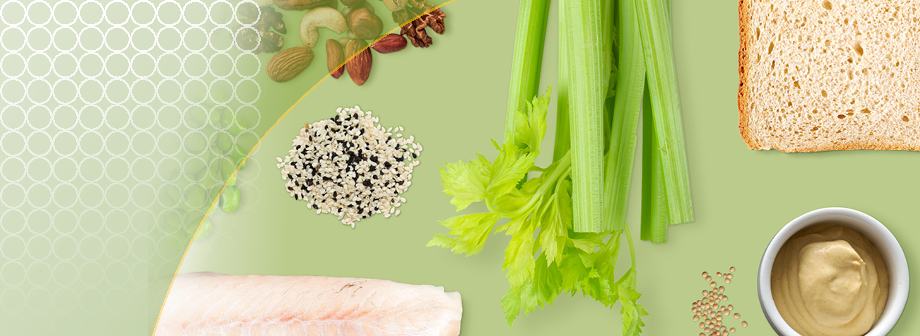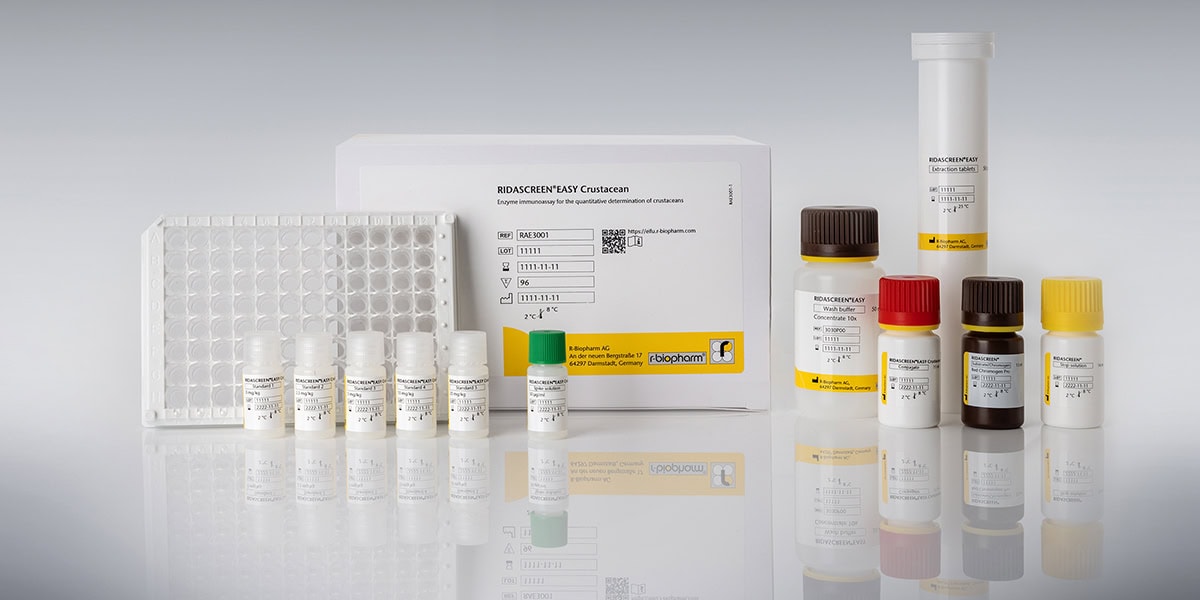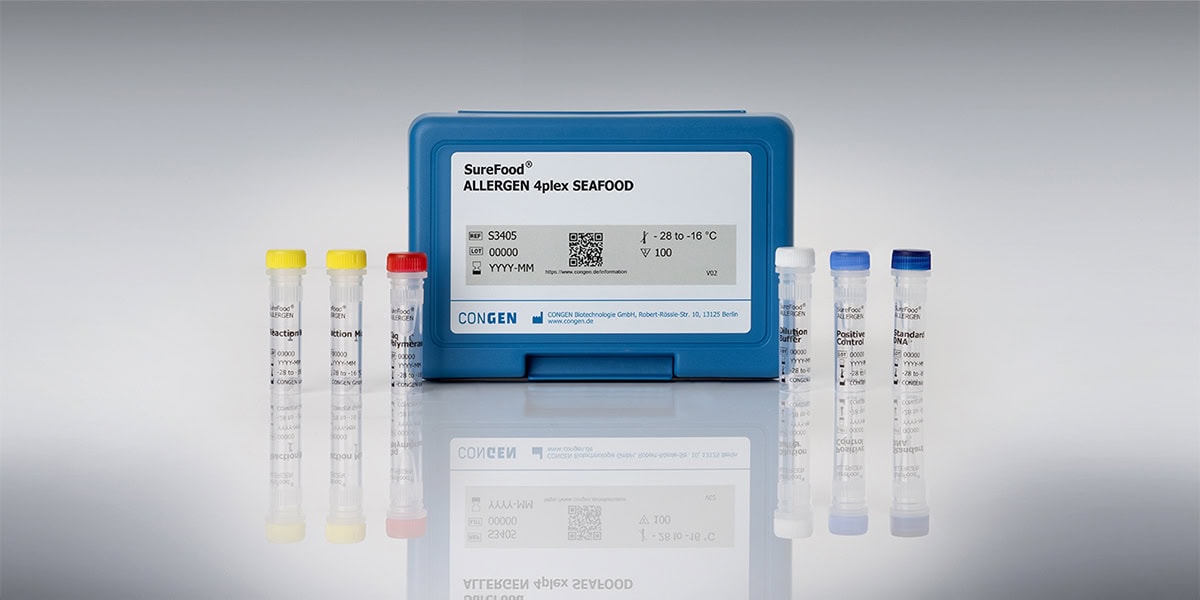
Recent news in Food & Feed Analysis
- Home
- /
- 5 reasons for using...
5 reasons for using PCR in allergen analysis

When testing for allergens in food, most laboratories use immunological methods such as ELISA. However, real-time PCR can provide distinct advantages.
The polymerase chain reaction (PCR) has established itself as an efficient and reliable analysis method in a wide range of application areas. Many tests in food analysis wouldn’t be possible without molecular biological methods – such as animal species identification or the detection of genetically modified organisms. In allergen analysis however, PCR is so far mainly used for confirmatory testing and only rarely for routine analysis. Why this is so, and what should be known about allergens and PCR, is explained by Ronald Niemeijer in this video: https://www.youtube.com/watch?v=_Fz21h3GZfc
Advantages of real-time PCR
Real-time PCR tests, just as ELISA tests, offer a high to very high sensitivity, provide results in only a few hours – and they are clearly superior to immunological methods in some respects:1
High specificity
PCR tests don’t target a protein but a specific DNA sequence of the allergenic food ingredient. Thus, they are highly specific and can also be used for most processed food samples.2
Multiplex analyses
Real-time PCR enables screening or multiplex tests that can detect multiple parameters in one analysis. This simplifies processes and saves time and money.3
Efficient implementation
For high sample throughputs, real-time PCR tests are much more efficient than other analysis methods.4
Standardized sample preparation
While sample preparation varies depending on the parameter when using ELISA tests, it is standardized in PCR analysis.5
Full automation
PCR analyses are fully automatable. This simplifies documentation, frees time for other tasks and reduces the risk of contamination.These advantages make PCR tests an attractive alternative to ELISA tests. It is especially suited for the detection of celery and fish where ELISA tests struggle with high cross-reactivity. Yet, PCR does reach its limits when it comes to the detection of milk and egg or the analysis of highly processed foods such as gelatin or starch.



